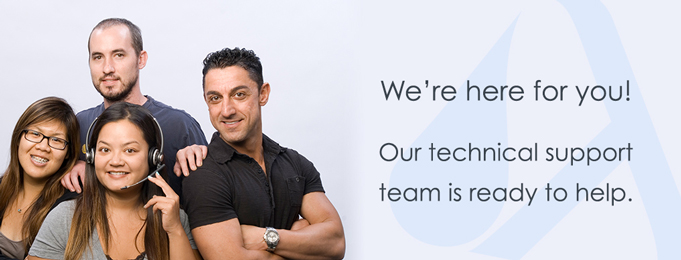
Google Chrome is one of the most reliable browsers when it comes to simplicity and providing new features. However, the browser can encounter minor issues as well. Opening multiple tabs on a Chrome can fade out the other tabs, hindering the convenience of the users. That is why in the new Google Chrome 80, users can put tabs in the group to make things easier. It’s a new feature which is available in the latest version of Google Chrome so if you are using the older version, then you cannot find this feature.
Tab Groups feature is not enabled by default, in fact, you need to enable it with a simple procedure. In order to enable the Tab Groups to feature manually, type chrome://flags on the web search bar. One thing you need to remember here is that new Tab Groups feature is currently in work by developers and it can stop working or might be buggy sometimes. However, until you are not facing any issues, you can use it and here’s how you can do it:

How to Enable Tab Groups in Google Chrome
- All you have to do in order to enable the new feature is type chrome://flags in the address bar and then enter the key.
- A new tab page will open and find “Tab Groups” option and choose “Enable” by a dropdown menu option.
- Now tap on “Relaunch Now” key to restart the Google Chrome and then it will start the Google Chrome and your previous tabs will open too.
Use Tab Groups in Google Chrome
At first sight, you won’t recognize any changes to happen because your tabs are not selected in any kind of group yet. Open multiple tabs of your preferred web pages to use the feature properly.
- Among multiple tabs do “right-click” on any tab and “Add To New Group.”
Now you will see a new coloured circle above near the tabs. By clicking among tab or the coloured dot, you will see the tab group menu. There you can choose the colour and also the name of the group. You can make many groups and add multiple tabs in every tab with a different name each.
- After labelling the name, the circle will no more show up, and it will show the name of the group you wrote.
- You can make your tabs looks more suitable by choosing colours from 8 different colours. It will help you remember which category of the group this tab is related.
- After entering in the group tab, you can open more tabs by tapping on “New Tab In Group.”
- For adding a tab in the already existing tab, you need to “right-click” on any tab. Then tap “Add to Existing Group” and select from the multiple existing groups.
- You can move the location of the group tabs as well if you don’t like their actual location by just “dragging the group” in another side of your choice.
Remove Tab from Group and Complete Group
After you finish the work and willing to remove the tab from the group, then you just have to follow few steps:
- Just “Right-Click” on the tab and then choose “Remove from group.” You can also do it by just dragging it in empty space tabs.
- To delete the entire group, you need to tap on the group and then choose “Ungroup.”
- After finishing entire things in the group, remove the tabs. Tap on the other designated group name and tap “Close Group” to end all groups.
It’s a new feature yet beneficial to those who do so much browsing on the internet. With Tab Group, you can easily manage multiple tabs at once without getting confused.
Eva Winget, an employee currently living in USA and working at a top printer service provider company in the day, and a technical writer at night. I am passionate about writing troubleshooting tips, beginner’s guides, news and other articles on varied topics like brother printer support, hp printer support, canon printer support etc
ORIGIN: https://virtualdirectoery.uk.com/blog/how-to-enable-tab-groups-in-google-chrome-and-use-it/























